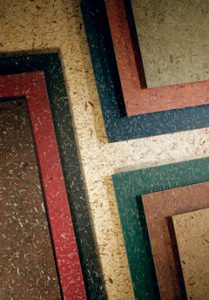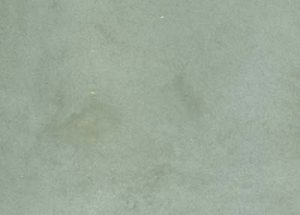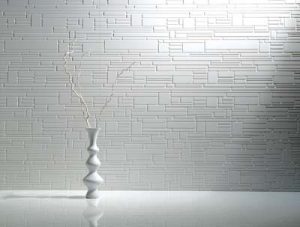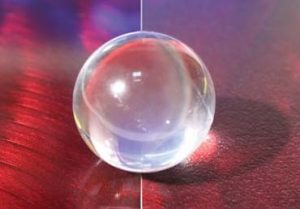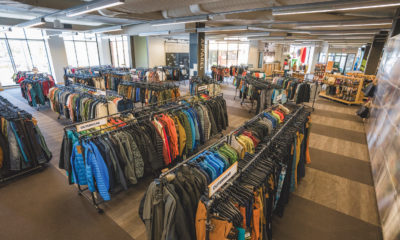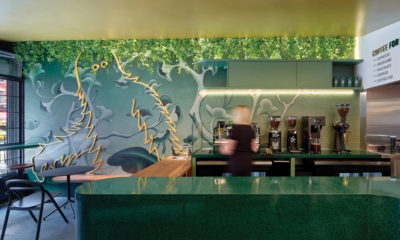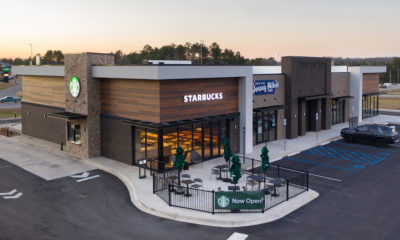Surfaces are playing an increasingly central role in communicating a store's brand message to shoppers. The look and feel of a retail space's flooring, wallcoverings, ceilings, shelving and so on are being asked to work together to create the desired atmosphere – and help move the merchandise.
That growing emphasis on surfaces that build the retail brand has led to a more pronounced use of “signature materials,” such as sculptured wood panels with a custom color or finish, that are used consistently throughout each store. “The signature material becomes a brand standard that is recognizable to shoppers, no matter which of a given retailer's stores they enter,” says Nancy Jackson, president of Architectural Systems Inc. (ASI, New York), an international supplier of architectural materials for retailers.
Jackson also says advances in technology are allowing retailers to use traditional materials in some unexpected new ways. “For example, our Cubic Concrete product is an engineered lightweight concrete that can be etched or custom-formed for display tables, cashwrap areas and customized as visual elements such as platform bases,” she explains.
In a similar vein, retail designer Brian Shafley says another old-line material – metal – is being put to new uses in decorating retail spaces. “Metal is no longer just the 'hardware' of a store,” says Shafley, president of Chute Gerdeman (Columbus, Ohio), “but now often serves as a primary surface, providing compelling plays of light and color that add a refined ambience to a retail space.” An example is the line of brightly colored decorative metals from Moz Designs (Oakland, Calif.), which feature a TuffCoat finish, a durable textured surface coating.
But while using industrial materials has gained favor with some retailers, Shafley says others are going the opposite direction and integrating “green” surfacing into their stores. “Earth-friendly finishes and materials are no longer limited to the granola crowd,” he says. “Broad acceptance and increasing affordability are combining with high-tech durability improvements to drive this trend into retail surfaces. As a result, more and more retailers are embracing such renewable materials as pressed-fiber panels, cork floors, bamboo panels and environmentally sustainable veneers in their stores.” Among the new green products targeting the retail market is Abaca, a decorative surface from Lamin-Art (Schaumburg, Ill.) that's made from recycled banana fibers.
On top of the gathering green wave, Shafley has seen “every conceivable geometric pattern being molded, stamped and milled into prefabricated decor panels made of wood, fibers and resins. With well-placed directional lighting, these new relief surfaces lend modern sophistication, depth and tactile excitement to retail spaces.”
Also seeing a surge in patterns is Kevin McPhee, image and marketing director for B&N Industries (Burlingame, Calif.). “Flourishes, florals, damasks and nature in silhouette are all alive again in tone-on-tone or high-contrast single colors on white, black or cream,” says McPhee, whose firm creates merchandising, display and shelving systems for retail spaces. The company's new patterned Iconic Panels, for example, are created using formed laminate over a carved wood core.
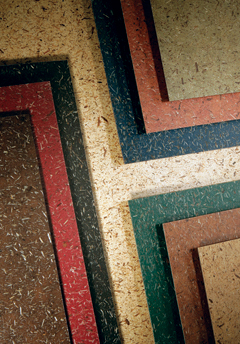

 Photo Gallery2 weeks ago
Photo Gallery2 weeks ago
 Headlines5 days ago
Headlines5 days ago
 Headlines1 week ago
Headlines1 week ago
 Headlines2 weeks ago
Headlines2 weeks ago
 Headlines2 weeks ago
Headlines2 weeks ago
 Headlines4 days ago
Headlines4 days ago
 Headlines3 days ago
Headlines3 days ago
 Designer Dozen1 week ago
Designer Dozen1 week ago
